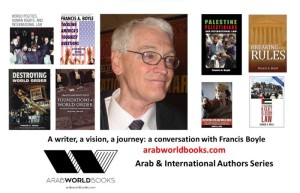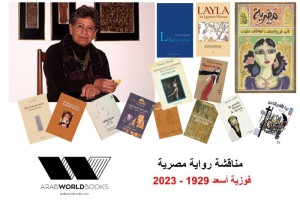The author argues that when we refer to Islam, we need to specify a concept that appears on a number of levels. Islam comprises building-blocks of creeds (‘aqā’id) and a monotheist religion, characterized by its comprehensiveness and completeness in its creation of an idealist spiritualism. In addition, Islam is a manifestation of the experiences and knowledge of people, societies and states at various stages of history, and in the ancient, medieval and modern eras. It is connected in time and space to secondary cultures that have had a unique influence, such as Islam in the Arab world, Iran, South Asia, the Far East and Africa. Therefore, when we discuss Islam, we should specify the period or era that is the focus of study, its stage of development as well as the field of research. Examples are Islam in the guided Caliphate or the first Islamic era of enlightenment, which was represented by a scientific renaissance, pragmatic philosophy and cultural prosperity in various countries, though particularly in Baghdad, or Islam in the twentieth and twentieth-first centuries ac.
The author believes that the first Islamic renaissance, which took place between the third and seventh centuries ah (tenth and fourteenth centuries ac), was a comprehensive project aimed at modernizing the intellectual, social, economic and cultural aspects of the Muslim world. The fathers of modernity, such as Ibn Rushd (Averroes), Ibn Bājjah, Ibn Miskawayh, al‑Hallāj and many others, accomplished a leap of qualitative enlightenment, which opened new horizons far and wide, by posing critical questions on the social thinking and the critical philosophical approach of their contemporaries. Nevertheless, the author agrees that this first revival in the Arab/Muslim world during the Middle Ages miscarried and did not last long. Unlike the European Renaissance, it was not supported by an open middle class that could provide the necessary long-term impetus to achieve enlightenment and scientific and technical progress.
The author concludes that the fall of Baghdad in 1258 ac into the hands of the Mongols was a turning-point in the history of the Arab/Islamic Empire. It reflected the cracks that were appearing in the joints of the state, society and civilization as a result of the loss of the central power when the Empire was divided into satellite states and mamālīk. Not surprisingly, the decline, collapse and disintegration of the Empire and the rational and intellectual movement led to a stagnation in economic and cultural activity and an increase in conflict, chaos and disasters. Consequently, there was a gradual decrease in the impetus and means of production and its tools, leading the Arab/Muslim world into an era of darkness, from which it did emerge not until the cannons of Napoleon were bombarding the beaches of Egypt.
*Ibrahim al‑Haidari (PhD) is a professor and researcher in sociology, resident in the United Kingdom.
Source: http://islam21.net/mambo/index.php?option=com_content&task=view&id=25&Itemid=9




